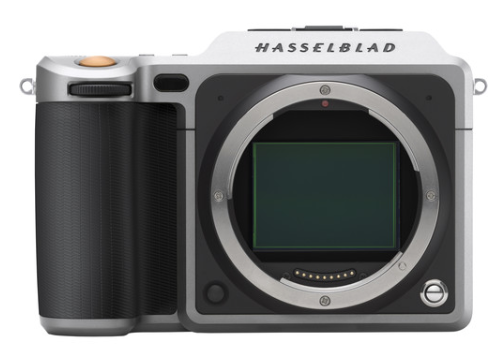With all the current interest in Medium Format, driven from the two new ‘budget’, ‘small’, and ‘light’ mirrorless bodies from Hasselblad and Fuji, there have been a few articles arguing the pros and cons for the smaller formats and the larger.
In my opinion a lot of the articles written can be put straight into the bin. There are mostly people justifying their own choices.
The biggest reason to pick a format is for its look. MicroFourThirds, 35mm Full Frame, Medium Format etc, all have a different look, portray tonally differently, and the biggest is depth of field. The problem with theses differences like look and depth of field; is that some people say one is better and others say the other is better. This is wrong. They are different and depending on the look you are after one may suit better then the other.

Why would a professional choose medium format over the rest considering the high cost. Well 100 megapixels are available, 200 megapixels with pixel shift. That makes the camera incredibly flexible for cropping in post production. Dynamic range in challenging light, the DR is far higher then other format, also colour bit depth is far higher then any other format; the files are also very robust, you can edit, and edit, and edit again. The files are hard to break. Basically it gives you lots and lots of options in post production, your not limited and do not have to go back and reshoot.
So the big things people quote are noise, resolution, depth of field and dynamic range.
First we assume that technology is level. Not a true assumption as the smaller formats do tend to advance faster then the larger formats.
Small Format – Postive
- Lots of Depth of Field
- Smaller lighter glass
- Higher resolution proportionally to sensor size
- Low Noise *1 (true but not in theory)
Small Format – Negative
- Little selective Depth of Field
- Smaller lens have to be built to higher tolerances
- Diffraction effects when stopped down
- Poor Colour Depth and Dynamic Range
- Low resolution
Larger Format – Postive
- Highly selective Depth of Field
- Lens can be built to lower tolerances and give better results
- Little diffraction effects when stopped down
- Maximum Colour Depth and Dynamic Range
- High Resolution
- More robust RAW files that can be pushed harder.
Larger Format – Negative
- Size and Weight
- High Cost
- Generally behind in Technology
- Slow performance
Now many of these pros and cons can be offset with technology. Bracketing and HDR, Pixel shifting, stitching images, focus bracketing. With regard to note *1, in theory the larger the sensor the better noise this this should be an advantage to large format, but I have put this down to small format. In general 35mm full frame has the best noise results but this is because the technology is moving faster then for the other formats. In theory the bigger the sensor the less noise if the pixel density is kept the same and the technology is at the same point, in actual reality 35mm full frame wins the noise war, with medium format next and micro four thirds at the bottom but still good enough for the majority of people.
 Of course there is also the major disadvantage of larger formats and the is performance in getting the image. Try getting a picture of a young child at a birthday party with a medium format camera. I know many photographers in that instance would want to reach for a Pro Nikon/Canon DSLR in order to try and keep up!
Of course there is also the major disadvantage of larger formats and the is performance in getting the image. Try getting a picture of a young child at a birthday party with a medium format camera. I know many photographers in that instance would want to reach for a Pro Nikon/Canon DSLR in order to try and keep up!

